Create a Healthier Bedroom


Bedroom Check
In 2018, Americans spent an average of 8.82 hours per day sleeping. That doesn’t include other bedroom pursuits. So chances are your bedroom is due for a checkup. Bedroom health requires more than taking its temperature -- but that's a good place to start. Lighting, fabric choices, floor clean-ability, and air quality are just a few hot spots to visit.
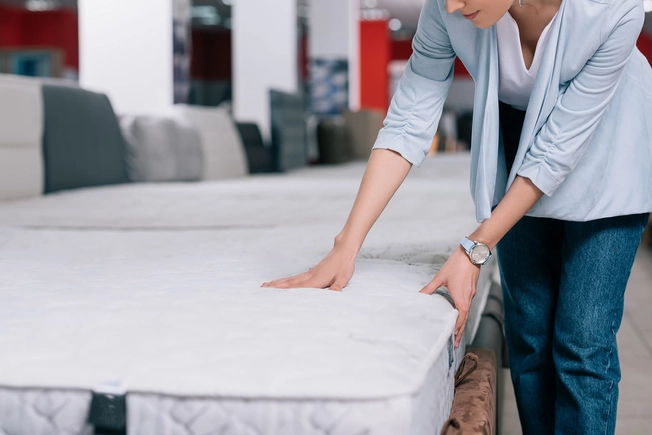
Has Your Mattress Aged Out?
A good-quality mattress should last 9-10 years. When it’s time for a new one, look for:
- One made of 95% or more certified organic materials, certified by the GOTS (Global Organic Textile Standard).
- A chemical-free model. Harmful stuff includes polyurethane foam, VOCs (volatile organic compounds), flame retardants, PVC, and vinyl.
- They may sound -- and smell -- good, but stay away from scented and antimicrobial-treated mattresses.
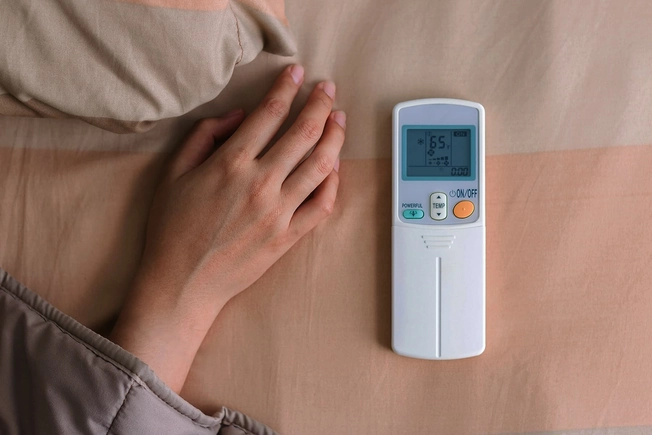
Cool It Down
Most bedrooms’ happy place is about 60 to 67 F. Your body naturally lowers its temp to get you ready for sleep. Slightly chilly air can help the process. If you’re still restless, wear socks or nestle a hot water bottle at your feet. This will help your blood vessels dilate and balance out your body temp. Also, a 2014 study showed that lower temps spark your body to make energy-burning brown fat. This ramps up metabolism.
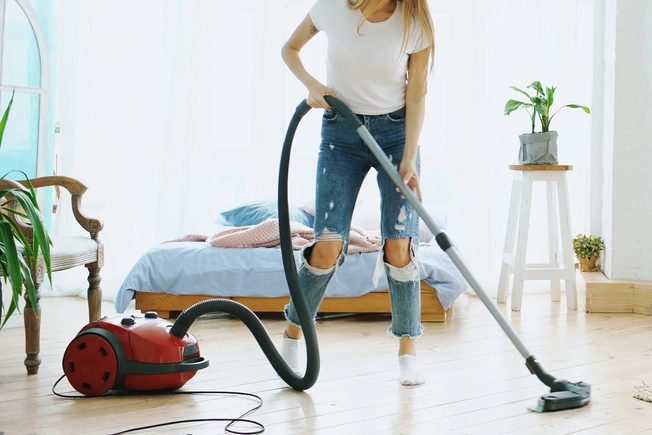
Dust in Your Room
With all its bedding, linens, curtains, and rugs, your bedroom is a major dust collector. And in this dust live mites: tiny insect-like organisms that thrive in your mattress and soft furniture. They feed on dead skin flecks -- aka dander -- from people and pets. Not only are they gross, they’re also a main trigger for asthma and allergies. And it gets worse: You often whip their droppings into the air when you dust and vacuum.

Muzzle the Mites
Alas, no amount of cleaning will get rid of these little buggers. But you can cut down on them:
- Wash all bedding once a week in hot water.
- Keep humidity levels at 50% or lower with a dehumidifier or AC.
- Dust with a damp rag or mop.
- Ditch dust-loving fabric curtains and cushioned fabric furniture.
- Use a HEPA (high-efficiency particulate air) filter or double-layered microfilter bag in your vacuum cleaner. Wear a mask for good measure.
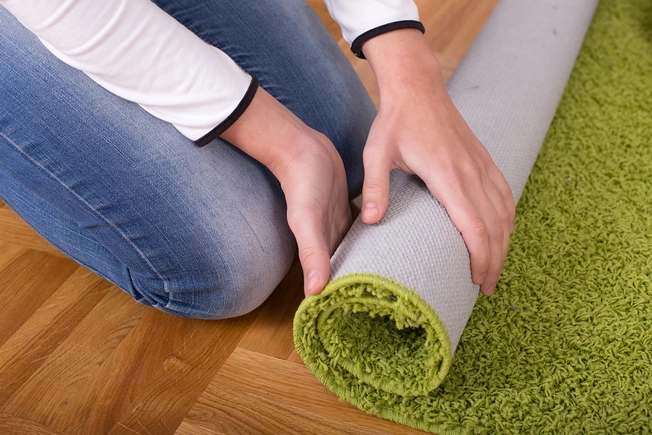
Roll Up the Carpet
Go with bare bedroom floors instead of mite-harboring carpet. They not only cut down allergens, but are easier to keep clean. Set your sights on these healthy floor choices:
- FSC (Forest Stewardship Council)-certified solid wood
- U.S.-made natural linoleum or tile. Stay away from laminate and vinyl.
- Low-VOC sealants and finishes
- No-glue installation
- Look for NSF certification.

Ban Electronics
Your body responds to light and darkness to follow the natural rhythms of night and day. Even small bits of light from your phone, TV, or computer can throw you off. Not only that: A 2019 study found that women who sleep with a TV or artificial light on are more likely to gain weight. And a 2014 pediatric study mapped a direct link between TVs in children’s rooms and shorter sleep spans.
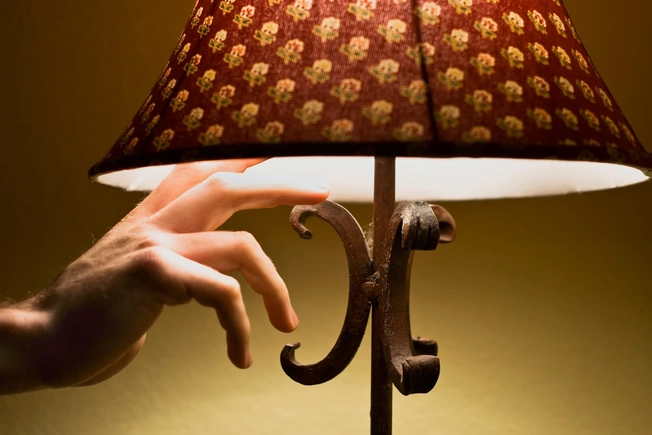
Dim All the Lights
You can’t always help where you live. But if it's on a busy road near bright signs or street lamps, you might have a tougher time sleeping than your country cousins in darker places. Nighttime brightness confuses your body. It makes it put off the release of melatonin, which is its signal to rest. Your best bet is to hang blackout curtains or shades to block light from streaming in. A sleep mask can also help keep your body in the dark.
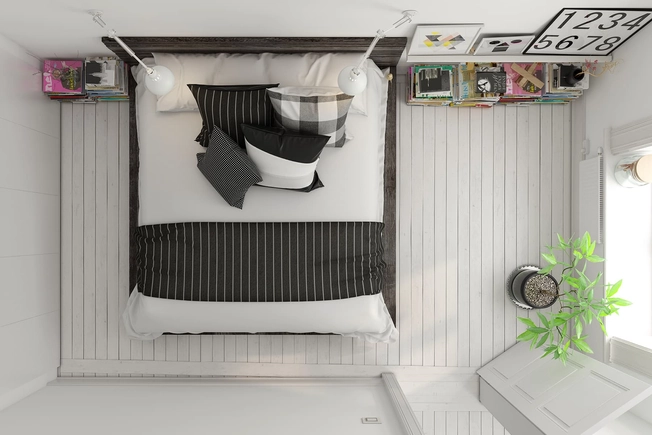
Try Feng Shui
Do you enjoy the spare, uncluttered feel of a hotel room? The way you arrange the furniture often also plays a part in its appeal. Many decorators use ancient Chinese feng shui principles to create peaceful energy in a room. You can DIY it, too:
- Place your bed far from the door, and face it away from windows that open onto a busy street.
- Lose furniture you don’t need.
- Ditto for extra mirrors and decor. Too much stuff crowds the room.

Pets in the Bed
More than half of dog and cat lovers share their beds with their fur babies. But if you have asthma or allergies, episodes triggered by animal dander and body fluids aren’t warm and fuzzy. Birds, and small rodents like hamsters and guinea pigs, appear on the allergy most-wanted list, too. If allergies get to you, keep pets out of your bedroom as much as possible, and off furniture. Be super-thorough when you clean.
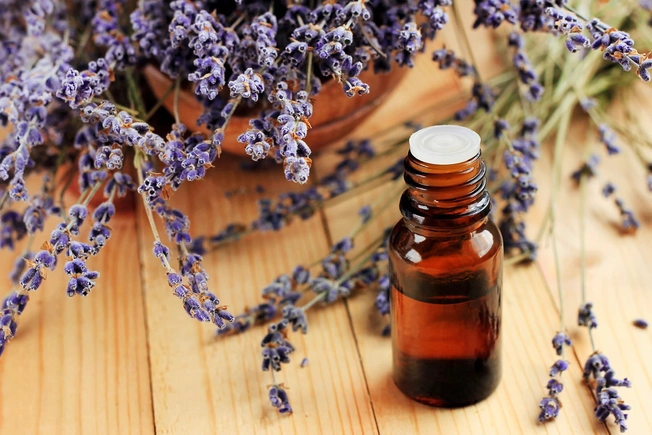
Scents and Sleep
In a 2011 poll, 3 out of 4 of people claimed that having fresh-scented sheets made them look forward to going to bed. It follows that most clean-smell fans reported that they get a good night’s sleep, too. Certain scents have proven to help boost sleep. Light a fragrant candle for a while, or sprinkle a few drops of essential oil on your pillow. Try:
- Jasmine
- Lavender
- Valerian. If you don’t love the smell, try rose scent.
- Vanilla

Shut Out Sound
A major cause of poor sleep lies outside your bedroom: environmental noise. This can be road or air traffic, or “ambient” (background) sounds, such as kids playing or the neighbors’ chats. Any disruption you hear can spark stress in your body and affect your health. Count sounds closer at hand -- such as your partner’s snoring -- and it might be time to buy a small fan, white noise machine, or a set of earplugs.
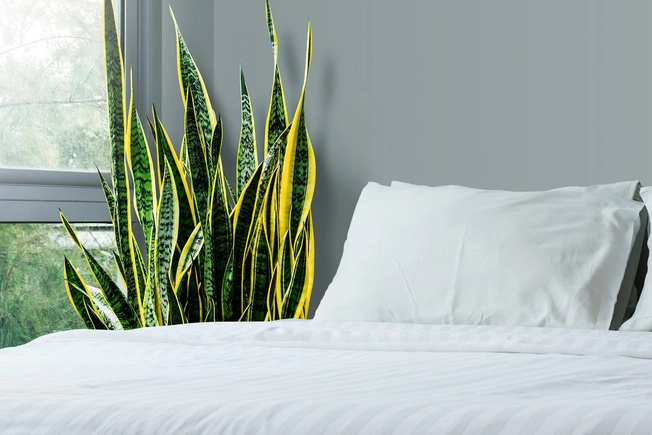
Bring In the Fresh
You might not think of houseplants as bedroom material, but green living things can purify air and bring calm to your room. Try fresh versions of your favorite scent, like jasmine or lavender. Or bring in natural toxin fighters. Snake plant, also called mother-in-law’s tongue, changes carbon dioxide to oxygen while you sleep. And NASA researchers found that English ivy gets rid of allergens in the air like formaldehyde and benzene.
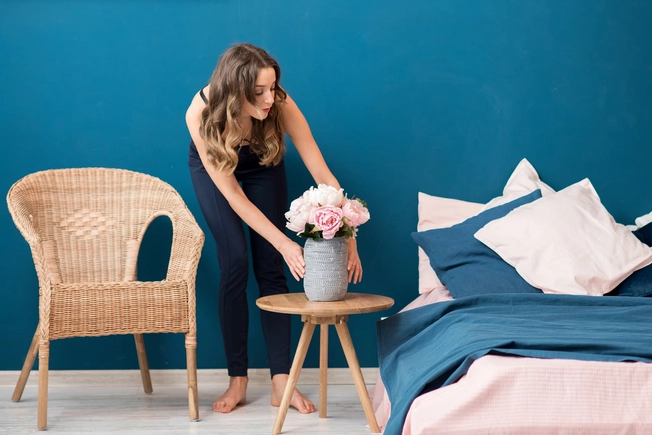
Paint It Blue
People who sleep in blue bedrooms rest best. No, it’s not marketing from the National Blue Association. It’s in your eyes -- your ganglion cells. These receptors on your retina take in colors, and they respond best to blue. It brings on calm, which lowers your blood pressure and heart rate. Blue not your thing? Fellow cool colors like gray and silver and neutrals can do the trick, too. If you prefer warm tones, try a comfy pale yellow.
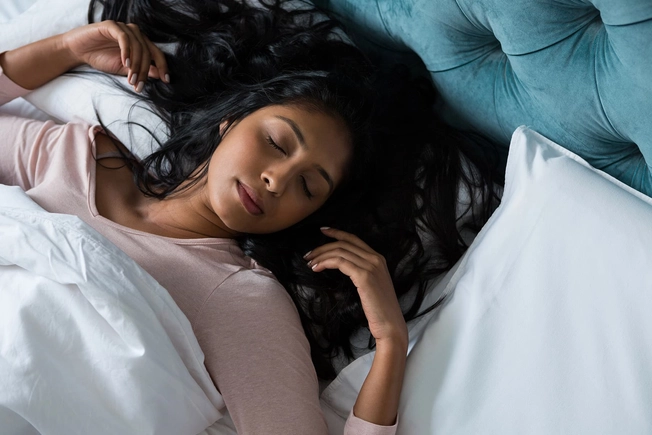
Sleep Single
A so-called sleep divorce might sound like juicy gossip fodder, or at least strange. But it can be very simple -- and healthy. Some 25% of couples who live together sleep in separate beds. And 10% go to different rooms at bedtime. Why? About 26% of people polled claimed they get better rest when they sleep alone -- especially women. This could be because more snorers are male.